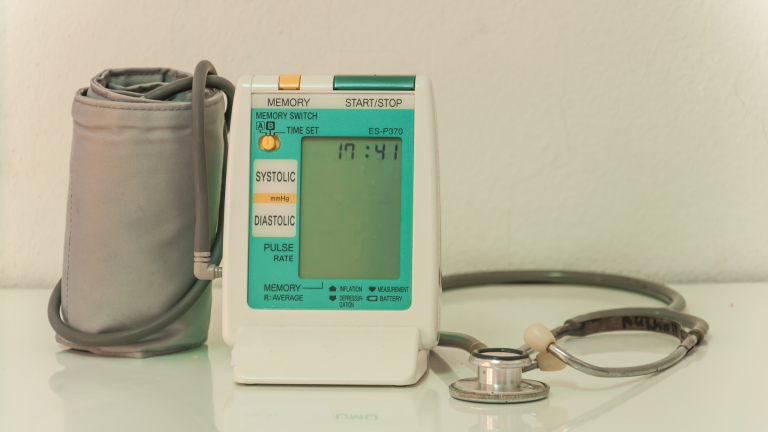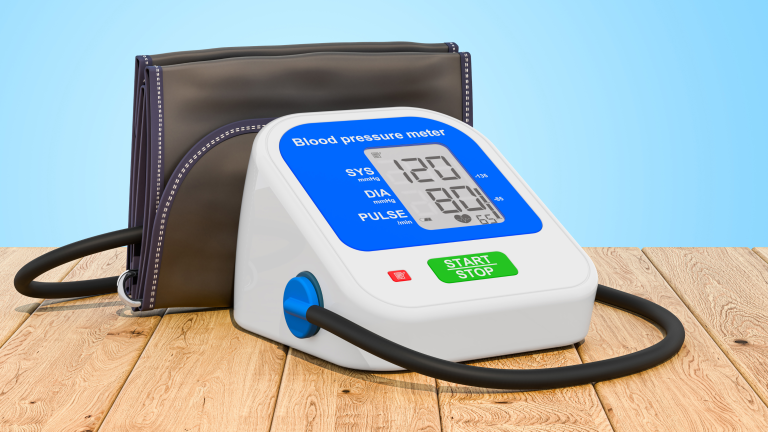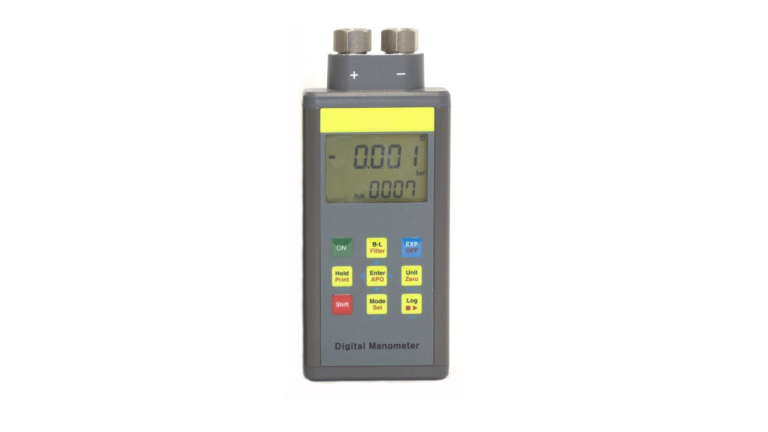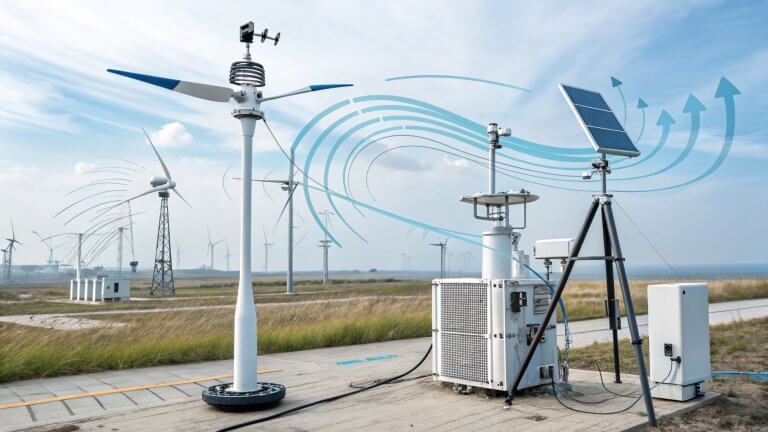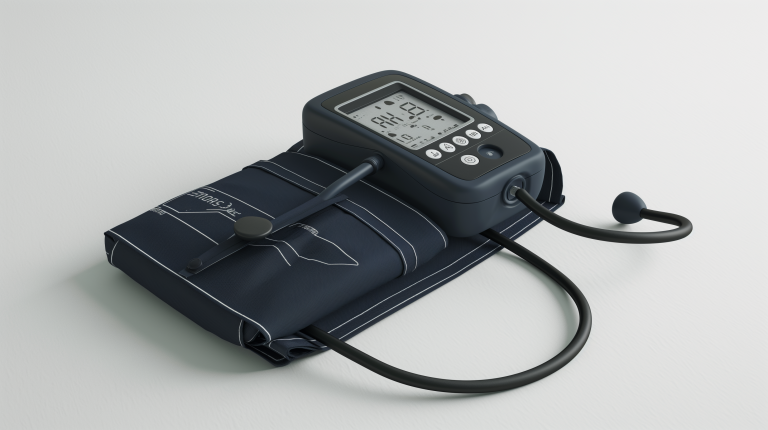
Imagine standing atop a hill as the wind whips past you—yet you can’t see its power or direction. That hidden force affects weather forecasts, flight safety, and even how much energy your local wind farm can generate. Measuring wind turns that invisible flow into precise numbers you can trust.
In this guide, you’ll learn about the main wind meter types—from simple cups to high-tech ultrasonic sensors—and see how they turn moving air into data. You’ll also find tips on where to place your meter and how to keep it accurate with easy maintenance steps. By the end, you’ll know exactly how to pick and use a wind meter that fits your needs.
Main Types of Wind Meters
The main takeaway is that each wind meter design suits different accuracy, durability, and budget needs.
Wind meters fall into four core categories:
- Cup Anemometers
These use three or four cups that spin on a vertical shaft. As wind pushes the cups, the rotation speed directly relates to wind velocity.
- Wind Vanes
Vanes track direction by aligning a fin with the airflow. Modern versions combine vane and cup assemblies on the same shaft to measure both speed and direction.
- Ultrasonic Anemometers
These sensors send sound pulses between transducers. They calculate wind vectors by measuring pulse travel times.
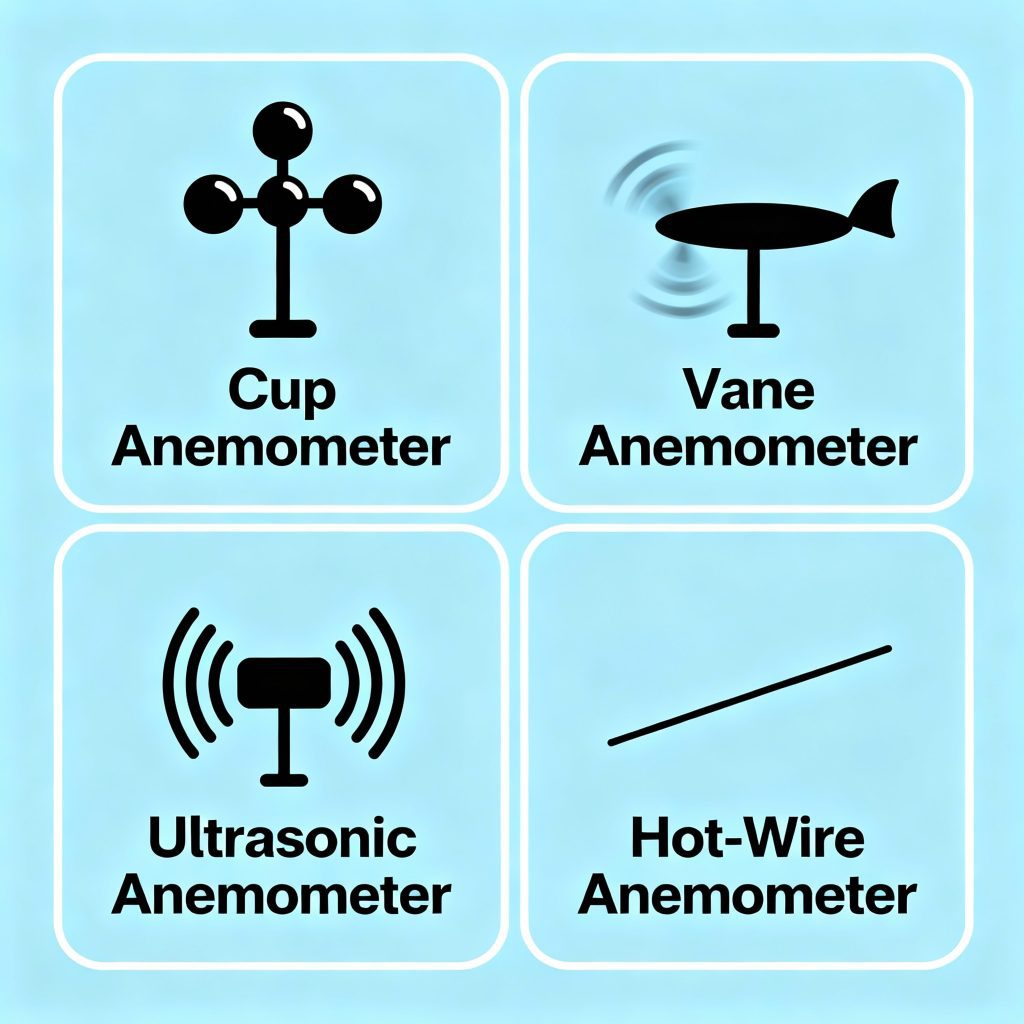
Types of Wind Meters
Each type strikes a balance between cost, precision, maintenance, and application scope. Choose based on your project’s required accuracy and environmental conditions.
Critical Components of Wind Meters
Each wind meter relies on five core components to turn wind into data.
The outer assembly captures wind energy through shapes like cups, propellers, or vanes. High-quality bearings and shafts then channel that motion smoothly. Inside, sensing elements—such as electromagnetic pickups or optical interrupters—convert rotation into electrical signals. Data modules process those signals, apply calibration tweaks, and record or transmit readings. Finally, power systems (batteries, solar panels, or small turbines) keep everything running reliably.
Key pieces include:
Together, these parts ensure accurate, real-time wind measurements across applications.
How Wind Meters Work
Wind meters convert moving air into data through a series of mechanical and electronic steps. First, the outer assembly—cups, propellers, or vanes—catches the airflow and spins or aligns accordingly. Next, the shaft and bearing system channels that motion with minimal friction. As the rotor turns, a sensor element (magnetic pickup, optical interrupter, or ultrasonic transducer) generates electrical pulses or measures time-of-flight changes. These raw signals enter a data module, where a microcontroller applies calibration curves and converts them into standard units (m/s, km/h, or knots). Finally, readings are either displayed on a local screen, logged in onboard memory, or sent wirelessly to remote servers.
To ensure reliable output, every step relies on precise engineering:
Accurate wind measurement also depends on careful installation. Mount sensors at standardized heights (10 m for meteorology, 80–120 m for wind turbines) away from obstructions. Level and secure mounting reduces turbulence and vibration errors. Proper wiring and grounding prevent electrical noise from corrupting signals. With these practices, wind meters deliver the dependable data needed for forecasting, aviation, and renewable energy planning.
Calibration and Maintenance
Proper calibration keeps your wind meter accurate and reliable over time. Here’s how to stay on point:
Regular calibration and upkeep ensure your wind meter continues to deliver precise data for weather stations, research projects, and energy assessments.
Factors in Choosing a Wind Meter
Picking the proper wind meter means matching accuracy, budget, and environment to your needs.
Start by defining your measurement goals. Do you need:
Once your goals are clear, evaluate these factors:
By weighing these criteria against your project scope, you’ll find a wind meter that balances performance and cost while thriving in your specific environment.
Applications Across Industries
Wind meters power decisions in varied fields by turning airflow into actionable insights.
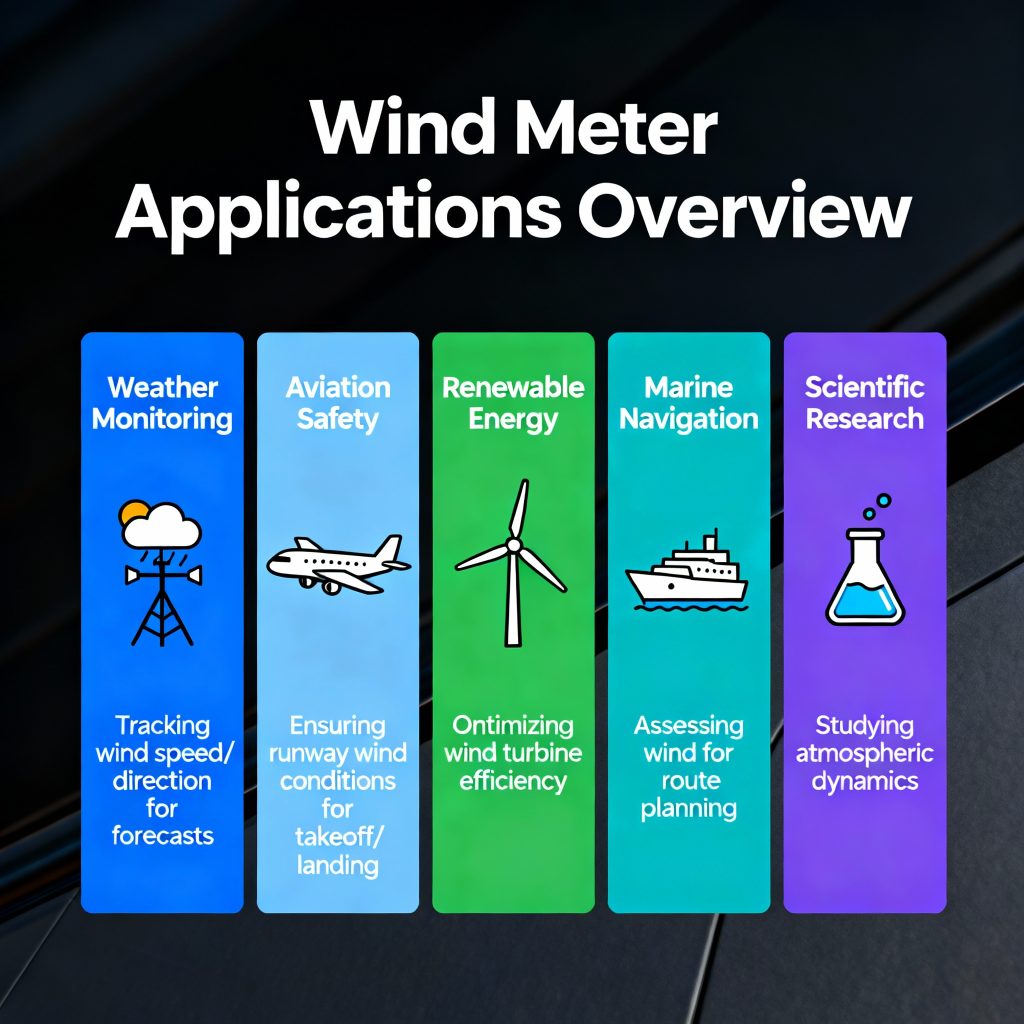
Applications of Wind Meters
Each application demands specific meter types and installation practices. Matching device capabilities—such as fast response for aviation or corrosion resistance for marine use—to industry requirements ensures accurate, reliable measurements where they matter most.
Conclusion and Next Steps
Wind meters turn invisible air into valid numbers you can trust. Whether you need basic speed readings or detailed wind profiles, there’s a meter built for the job.
Choose the type—cups, vanes, ultrasonic, or specialty—based on how precise you need the data, your budget, and where you’ll use it. Install your meter at the right height, keep it clean, and stick to a simple calibration schedule.
With the proper setup, you’ll get reliable wind data for weather forecasts, flight planning, energy projects, or sailing. Start by defining what you need most, pick a meter that fits, and plan regular checkups. That way, every gust and breeze becomes clear information you can act on.

